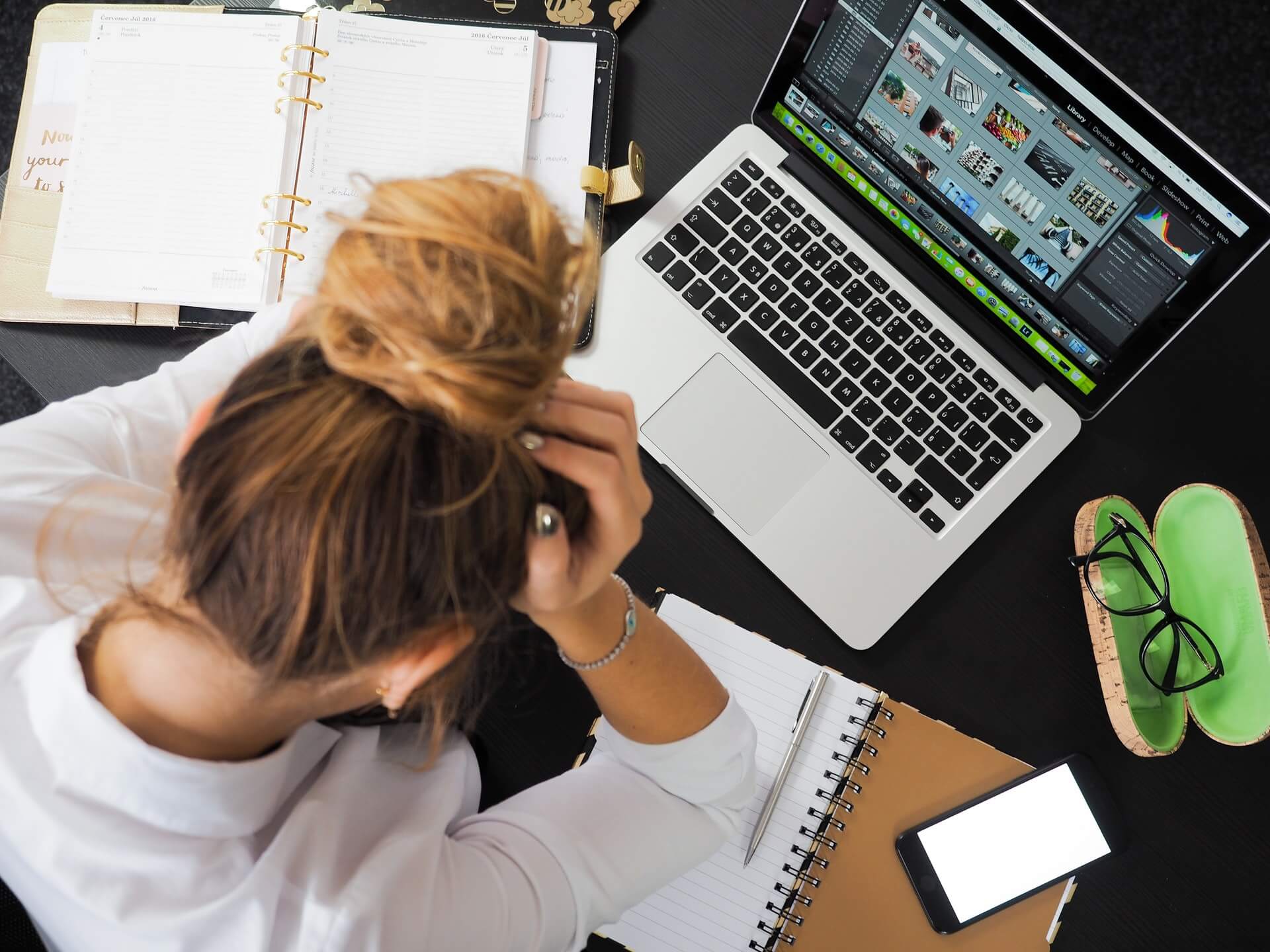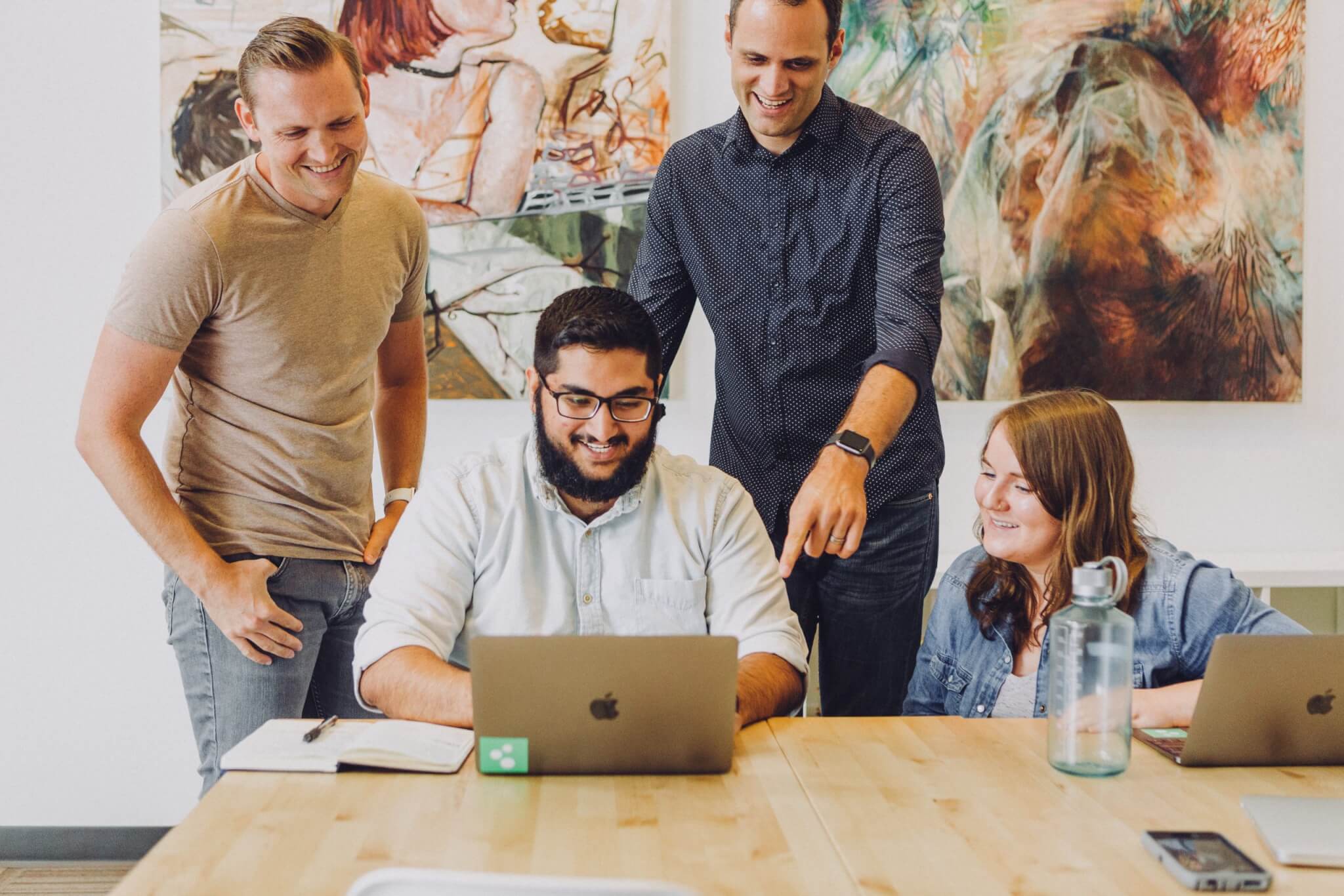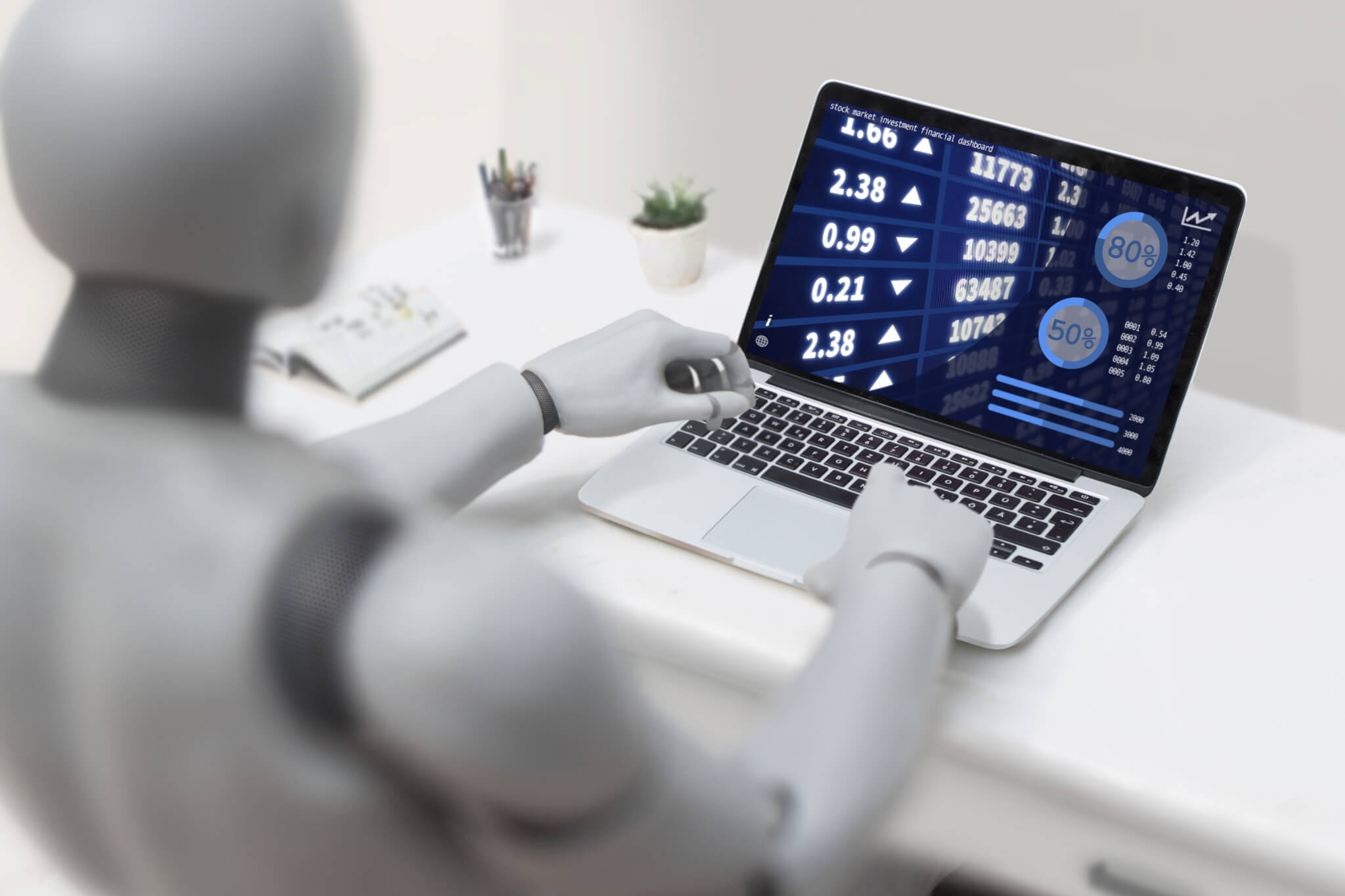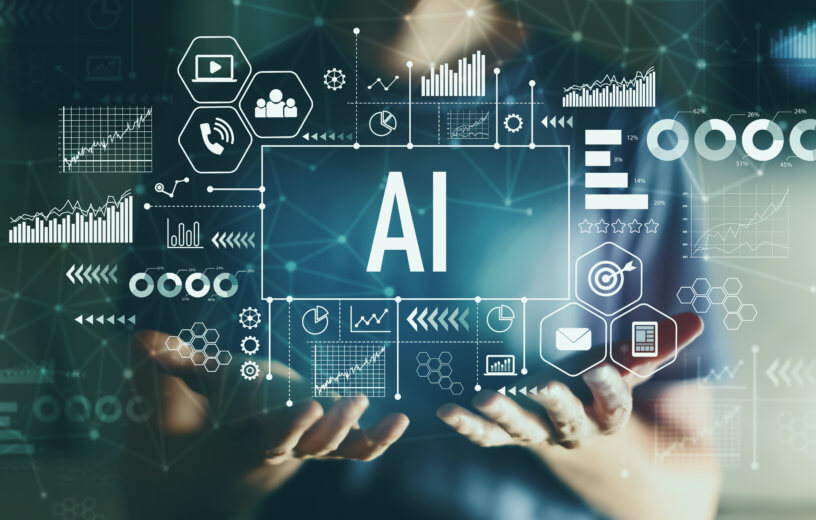ATHENS, Ga. — Employees working with artificial intelligence (AI) say they experience higher levels of loneliness and are more prone to binge drinking than their colleagues, recent research reveals. An international team found that problems such as insomnia, binge drinking, and loneliness increased among employees working with AI, irrespective of their cultural backgrounds.
Dr. Pok Man Tang, a researcher at the University of Georgia, felt compelled to investigate the correlation after witnessing the effects of AI in his previous role at an investment bank. While the findings are concerning, they aren’t all negative. It appears that employees working with AI are also more likely to offer assistance to their fellow staff members. However, Dr. Tang speculates that this increased helpfulness might stem from their feelings of loneliness and a consequent need for social contact.
The study also found that participants prone to anxiety and insecurity about social relationships — a condition known as attachment anxiety — had stronger reactions to working with AI. This held true whether their reactions were positive, such as helping others, or negative, leading to feelings of loneliness and insomnia.

To alleviate feelings of loneliness among AI-associated employees, Dr. Tang suggests tech companies might consider equipping AI systems with human-like voices to mimic human interaction. Additionally, employers could limit the frequency of AI-based tasks and create opportunities for staff to socialize.
In a team setting, delegating decision-making tasks, which typically require social connections, to humans could also be beneficial. This would allow the AI systems to concentrate on repetitive and tedious tasks, leaving more interactive roles to their human counterparts.

“The rapid advancement in AI systems is sparking a new industrial revolution that is reshaping the workplace with many benefits but also some uncharted dangers, including potentially damaging mental and physical impacts for employees,” Dr. Tang says in a media release.
“Humans are social animals, and isolating work with AI systems may have damaging spillover effects into employees’ personal lives.”
“Mindfulness programs and other positive interventions also might help relieve loneliness,” Tang continues. “AI will keep expanding so we need to act now to lessen the potentially damaging effects for people who work with these systems.”
The team conducted four experiments in the U.S., Taiwan, Indonesia, and Malaysia — discovering that loneliness, insomnia, and after-work drinking all increased among those working with AI workers across the board. The team surveyed Taiwanese biomedical engineers over three weeks about their feelings of loneliness, attachment anxiety, and a sense of belonging. The 166 workers then rated individual participants on their helpful behaviors, while family members commented on their insomnia and post-work drinking.
Those who interacted more frequently with AI systems were more likely to help out, drink after work, struggle to sleep, and feel lonely. Similar results came in from an online study sent to 214 full-time working adults in the U.S., and another with 294 employees at a Malaysian tech company.
The team notes that their findings, published in the Journal of Applied Psychology, were correlational — meaning they can’t definitively prove that working with AI causes these negative responses.
Are robots really driving workers to an early grave?
A 2022 study found a link between automation of U.S. manufacturing and an increased mortality rate among working-class adults. Automation is partially responsible for a decline in U.S. manufacturing jobs. Prior research has estimated a loss of 420,000 to 750,000 jobs during the 1990s and 2000s, most of which were manufacturing jobs.
The team tracked U.S. industries transitioning to automation between 1993 and 2007. Then, they overlapped these trends with U.S. death-certificate data over the same time period to estimate the mortality rate of working-age adults in those counties and how they died.
For every industrial robot per 1,000 workers, there were about eight more deaths per every 100,000 males between 45 to 54. There were also four additional deaths per 100,000 females in the same age group.

In 2022, researchers from the University of Pittsburgh also found that American workers are more likely to report mental health problems and instances of substance abuse if they work alongside robots. Although the same report found that employees who work with robots are less likely to suffer serious injury while working, researchers say the development of robotics may lead to even more destructive results than an on-the-job accident.
“There is a wide interest in understanding labor market effects of robots. And evidence of how robots affected employment and wages of workers, particularly in the manufacturing sector,” says Pitt economist Osea Giuntella, an assistant professor in the Department of Economics, in a media release.
“However, we still know very little about the effects on physical and mental health. On one hand, robots could take some of the most strenuous, physically intensive, and risky tasks reducing workers’ risk. On the other hand, the competition with robots may increase the pressure on workers who may lose their jobs or forced to retrain. Of course, labor market institutions may play an important role, particularly in a transition phase.”
South West News Service writer Pol Allingham contributed to this report.

